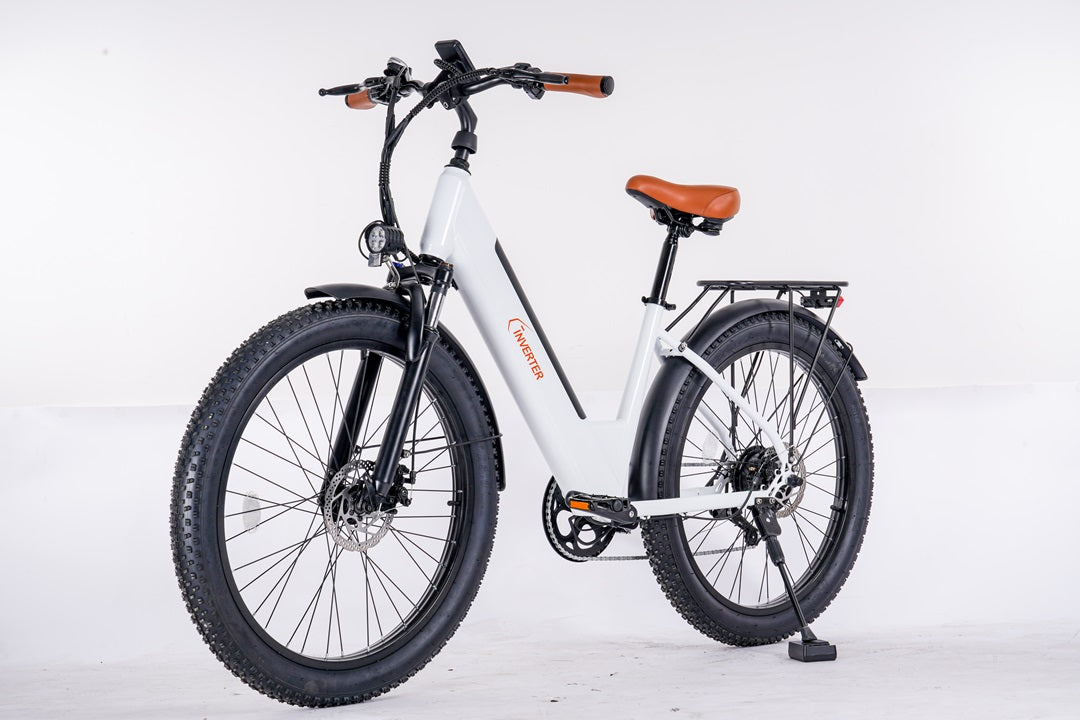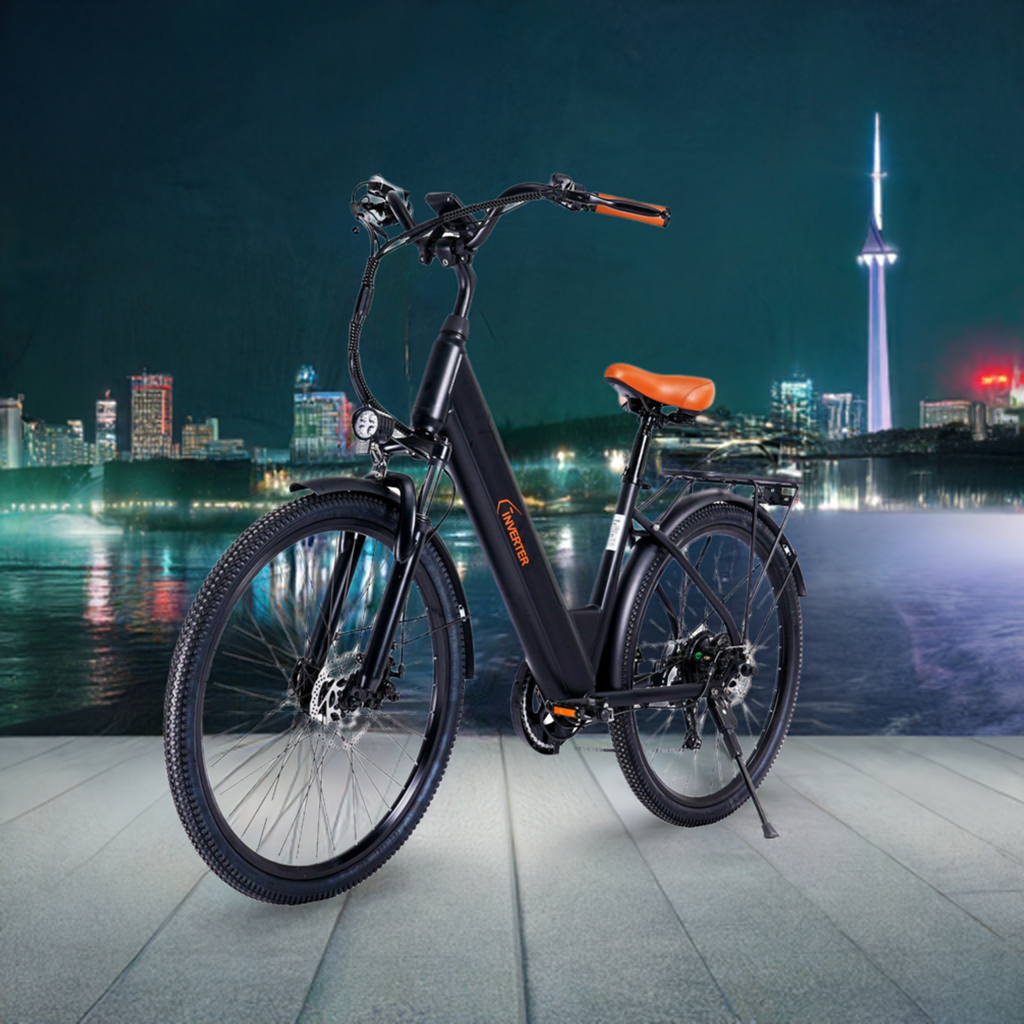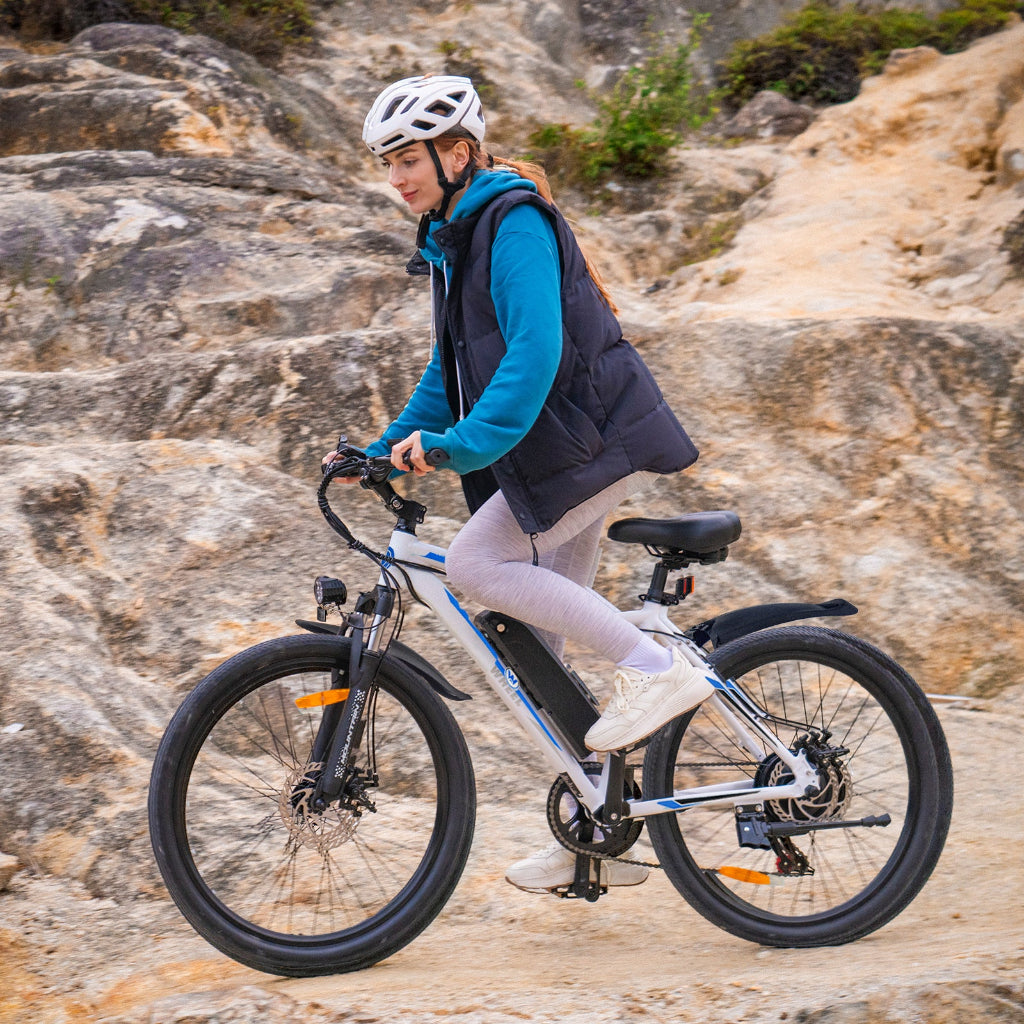Optimal Battery Care for E-Bikes: Charging Tips for Extended Downtime
Ensuring Your Electric Bike's Battery Health When Not in Use
Electric Bike Battery Maintenance: Best Practices for Charging During Extended Downtime

In the hustle and bustle of daily life, electric bikes have become a vital part of our transportation and leisure activities. But what happens when you need to put your e-bike on the sidelines for a few weeks? This article is your go-to guide for maintaining your e-bike's battery health during those periods of inactivity, ensuring it's ready to roll when you are.
**Frequently Asked Question:**
- How often should I charge the battery if I don't use my e-bike for a few weeks?
**Guide to Charging Electric Bike Batteries When Not in Use for Extended Periods**
Lithium-ion batteries, commonly found in electric bikes, should be maintained between 20% and 80% charge to extend their lifespan. Keeping the battery at 100% for long periods or allowing it to be completely discharged can put stress on the battery and reduce its overall health.
**Best Practices to Ensure Your Battery's Health and Safety**
1. **Charge Before Storage:** If your e-bike is going to sit idle for a few weeks, aim to charge the battery to around 50% to 70% before storing it. This helps prevent deep discharge, which can damage the battery over time.
2. **Monthly Check-ups:** Even if your e-bike is not in use, check and recharge the battery at least once a month to maintain this charge level.
3. **Proper Storage Conditions:** Store the battery in a cool, dry place, away from extreme temperatures, to ensure optimal battery health.
**Understanding Your Battery Type**
Most electric bikes use lithium-ion batteries, known for their long life and high energy density. Unlike some other battery types, lithium-ion batteries do not suffer from memory effect, meaning they don't need to be fully discharged before recharging.
**Battery Self-Discharge Characteristics**
All batteries, including lithium-ion, will naturally lose charge over time when not in use. This self-discharge rate is typically low for lithium-ion batteries but should still be monitored.
**Avoid Overcharging**
While modern e-bikes are equipped with a Battery Management System (BMS) to prevent overcharging, it's still important to regularly check the battery status to avoid leaving it connected to the charger for extended periods.
**Regularly Check Battery Health**
Regular health checks are essential, even when the e-bike is not in use. Look for signs of swelling, leakage, or other abnormalities, and contact our customer service team if you notice any issues.
**Storage Conditions**
Storing your e-bike in a stable temperature environment, away from direct sunlight, can significantly impact the battery's performance and lifespan.
**Conclusion:**
Following these guidelines will help you maintain your e-bike's battery in top condition, even during extended periods of non-use. We recommend keeping this information handy and performing regular checks on your e-bike.
Thank you for choosing our electric bikes. We are committed to providing you with a longer and more enjoyable riding experience.
**About Us:**
C INVERTER is dedicated to delivering high-quality electric bikes and exceptional customer service. For any inquiries regarding the use of your electric bike, visit our official website [www.cinverter.com](http://www.cinverter.com) or reach out to our customer service team directly. You can also create a ticket for online video support from our engineers.
Create a Ticket Now?
https://www.cinverter.com/pages/contact




Leave a comment
This site is protected by hCaptcha and the hCaptcha Privacy Policy and Terms of Service apply.